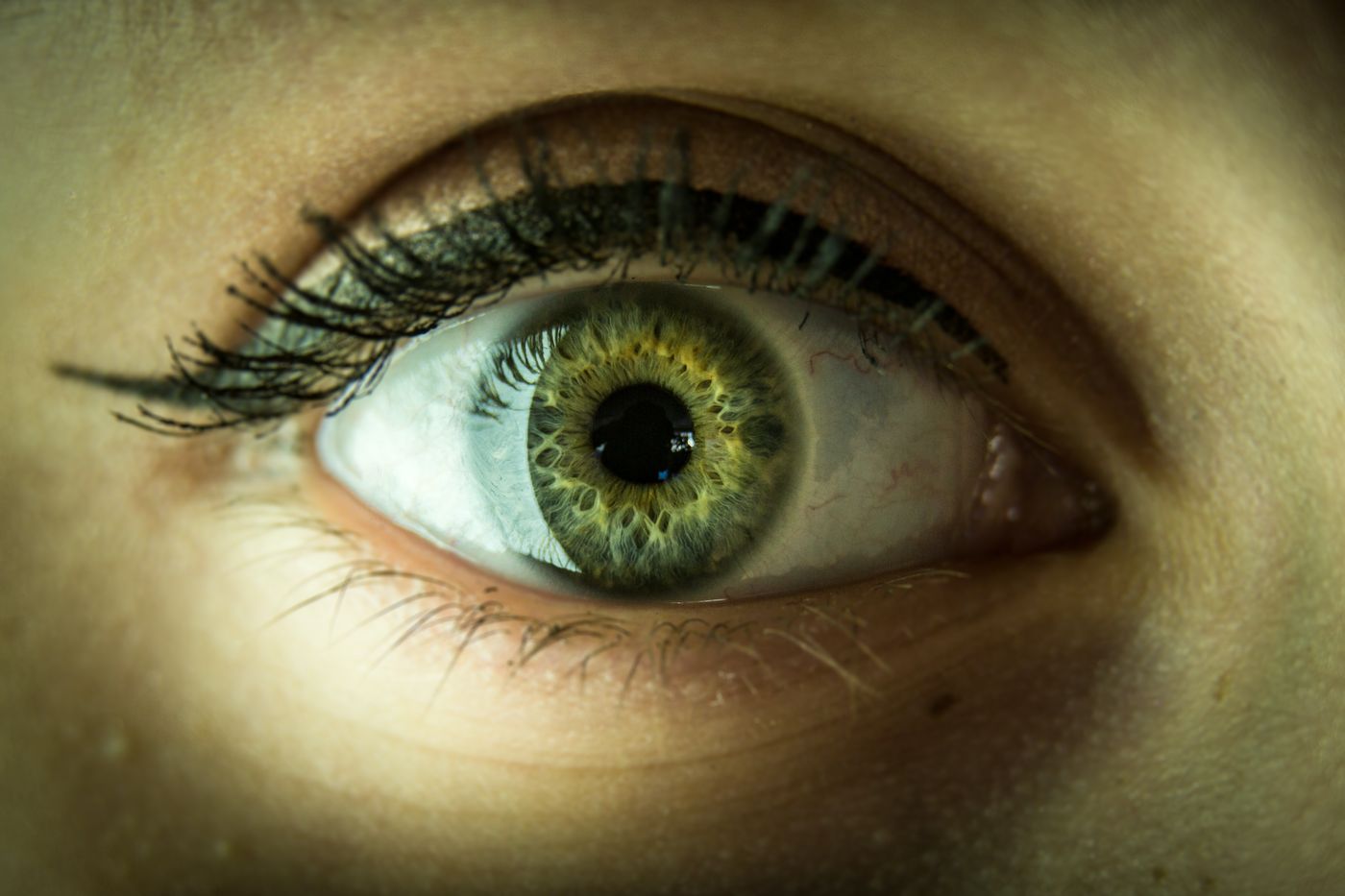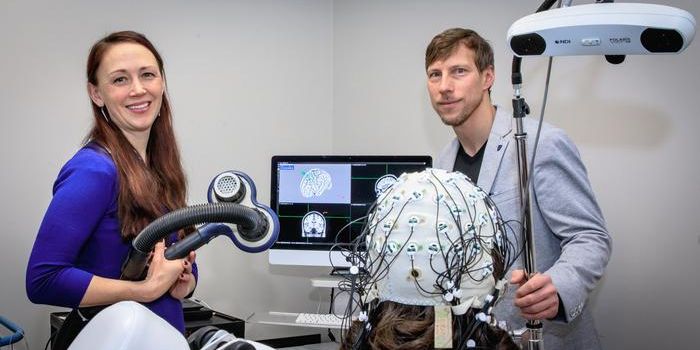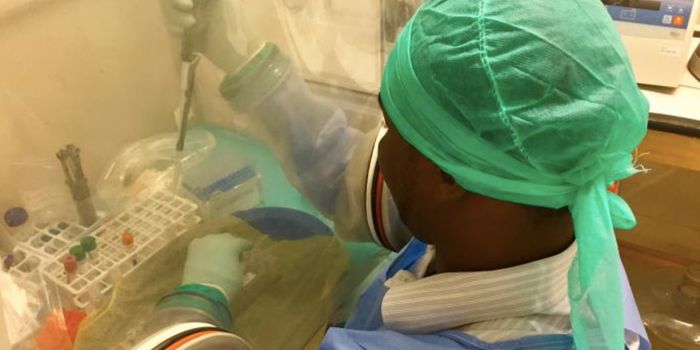The Link Between Retinal Signals & Neurodevelopmental Disorders
Human eyes, like a fingerprint, are unique. They can say so much without saying a word. They can communicate our needs, desires, fears, and so much more. Our eyes can reveal a lot about us as individuals, including important insights into our health.
In a fascinating new development involving the eyes, researchers in Australia have found a way to identify neurodevelopmental disorders such as ADHD (attention-deficit/hyperactivity disorder) & ASD (autism spectrum disorder) through retinal examination.
Two of the most common neurodevelopmental disorders diagnosed in childhood are ADHD and ASD. ADHD affects roughly 5-8 percent of children. Children with ADHD can be overly active, struggle to pay attention, and have difficulty controlling impulsive behaviors. One in every 100 children has ASD. Children with this condition generally behave, communicate, interact, and learn in ways that are different from other, neurotypical, people.
ADHD and ASD often share similar diagnostic criteria and differentiating between the two for a formal diagnosis can be a lengthy and complicated process. Researchers are working to improve this. Their hope is to develop a more accurate and earlier diagnostic criteria for different neurodevelopmental disorders by exploring how retinal signals react to light stimuli.
An ERG - also known as an electroretinogram - is a diagnostic test that uses a light stimulus to measure the electrical activity of the retina in response to said stimulus. When reviewing recordings of the retina during an ERG, the Australian team picked up on distinct signals associated with both ADHD and ASD, providing a potential new biomarker for each condition.
Retinal signals are generated by specific nerves. These nerves follow designated pathways that use different chemical signals that are then used in the brain. By localizing and differentiating them from their specific pathways, researchers can distinguish between their distinct differences, therefore, identifying ADHD and ASD, and maybe even other neurodevelopmental disorders in children.
This study brings to light preliminary evidence for neurophysiological changes that differentiate both ADHD and ASD from neurotypical children and implies that they can be distinguished from one another solely on their ERG characteristics.
The results of this study were highly suggestive. The children with ADHD had a higher overall ERG stimulus response, whereas children with ASD showed less active ERG stimulus response. The results of these preliminary findings suggest a promising future for improved diagnostic avenues and potential treatments.
This research has the potential to be extended into the diagnostic process for other neurological conditions, but more research is required to distinguish between retinal signals that are specific to ADHD, ASD, and other neurodevelopmental disorders.
Our eyes reveal a lot about us as individuals, and further research into our eyes could lead to a better understanding of the brain. It's been said that our eyes are the windows to our souls and that the seat of the soul resides in the pineal gland of the brain, the mind's eye, our third eye, the place of the ghost in the machine where all thought is formed. What more our eyes can tell us, only time will tell.
Sources: Science Daily, Frontiers in Neuroscience, University of South Australia, WHO, EyeWiki









